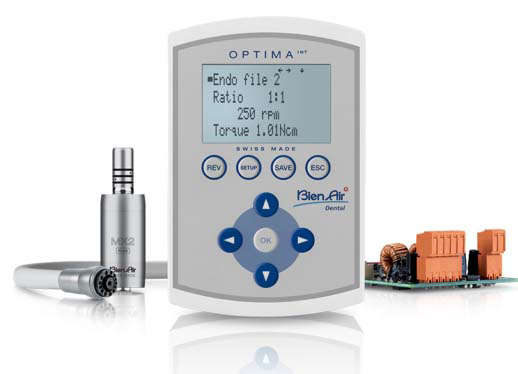

outdoor applications.
© gwk Norbert Gerlach
© gwk Norbert Gerlach
Power-saving displays for handhelds
The device is compact and probably even battery-operated. The integrated display must be
correspondingly small and, if necessary, flat. The width
should not exceed 80 mm.
A 3.5-inch display, for example, is a convenient size and can also be installed upright („portrait“ mode). Inexpensive
colour displays are available in this size, as well as high-quality, bright displays using IPS technology.
However, the power consumption is often also a decisive factor, which
largely determines the required capacity of the battery. The backlight of a display
requires the most power, closely followed by the power consumption of the microcontroller.
Assuming the lighting and display require around 450 mW during operation (typical for
a 3.5-inch colour display) and the device is to last a complete working day before
the battery needs to be charged: the capacity required for a LiPo battery is
calculated as follows: C=E/U, i. e. C= 8 h*450 mW/3.7 V = 1,000 mAh. The
capacity required for the controller and other electronics must be added to this.

© Bien Air
© Bien Air